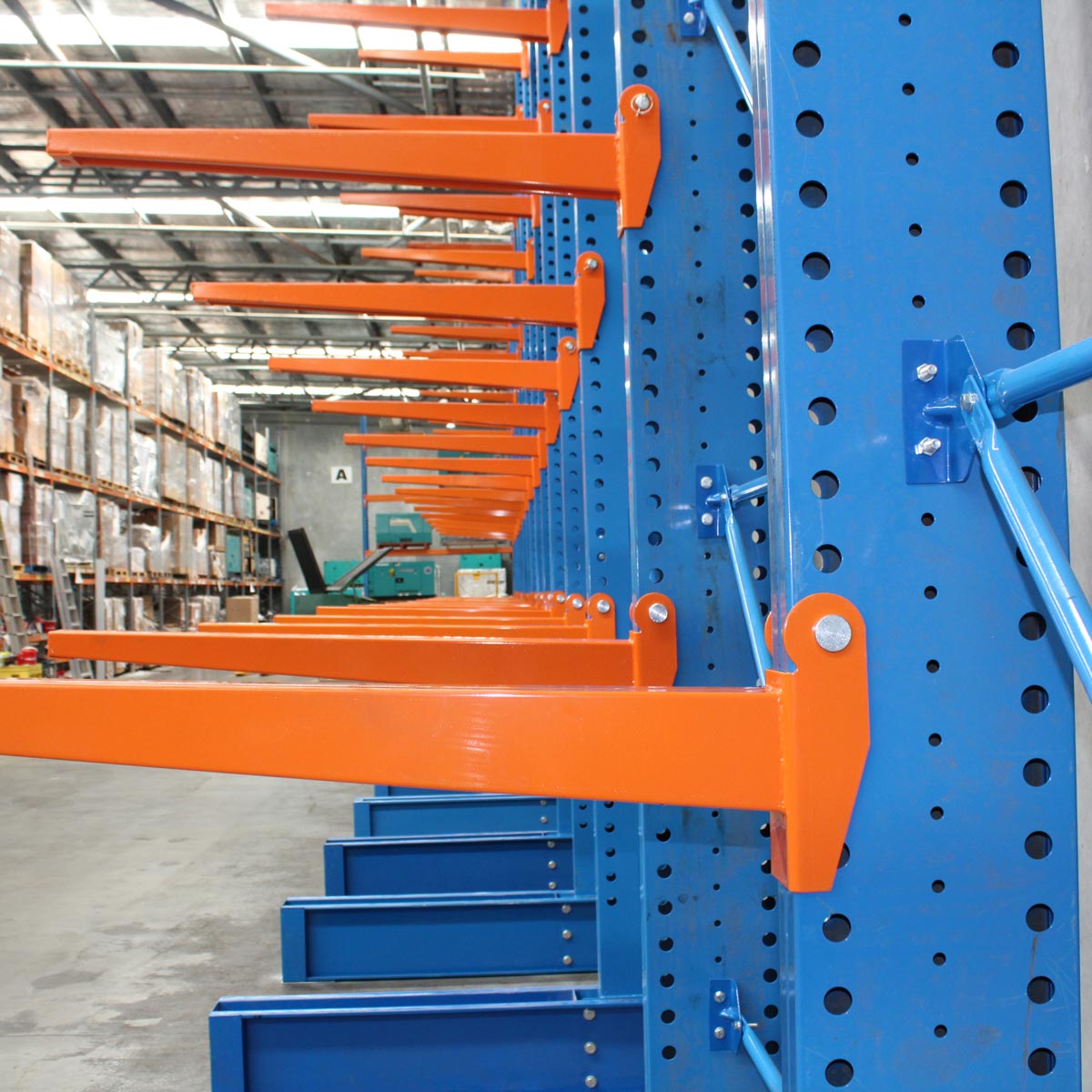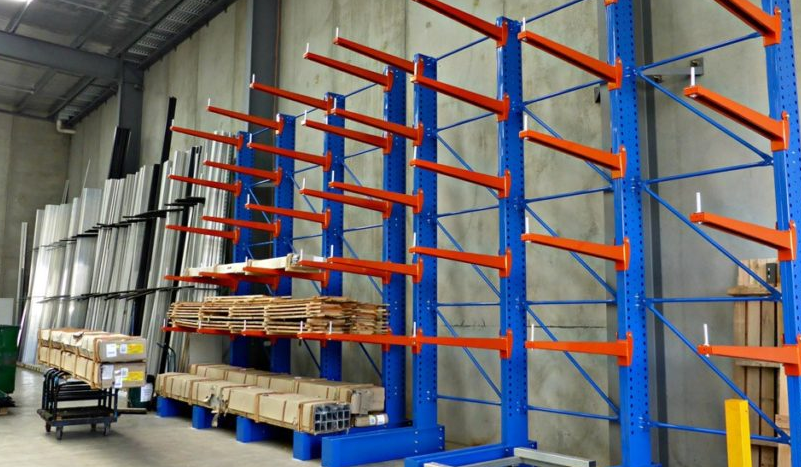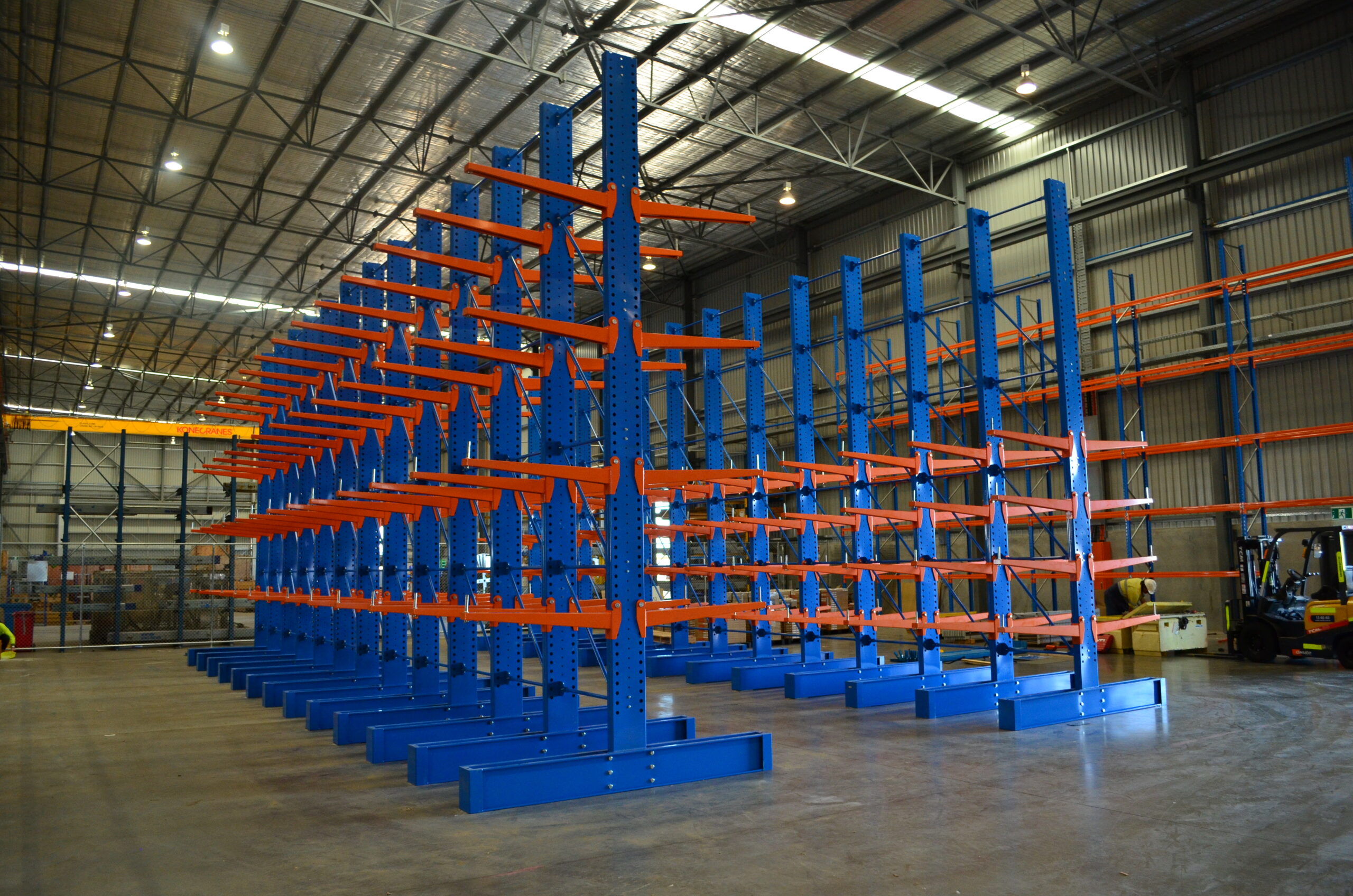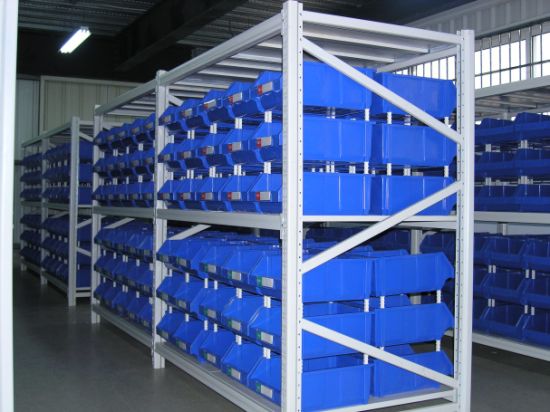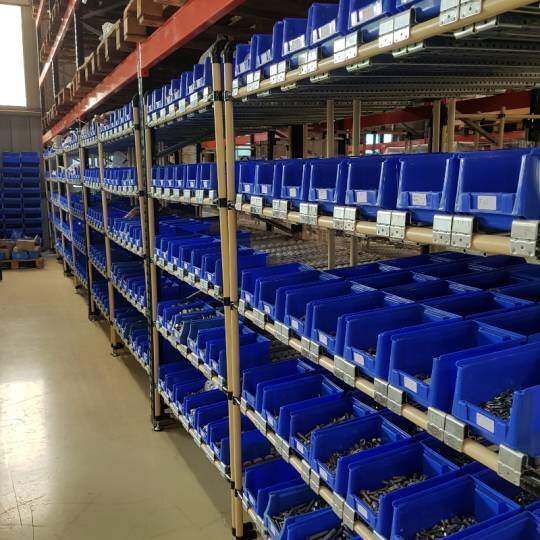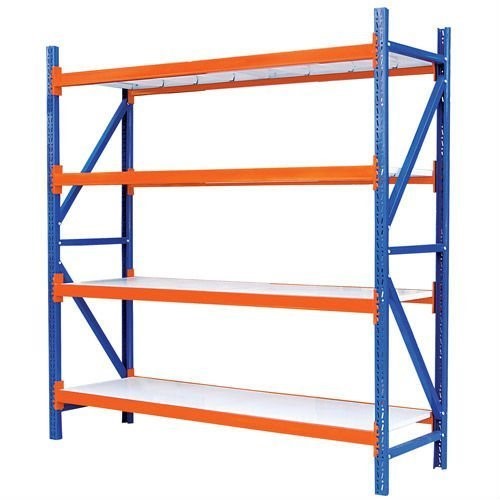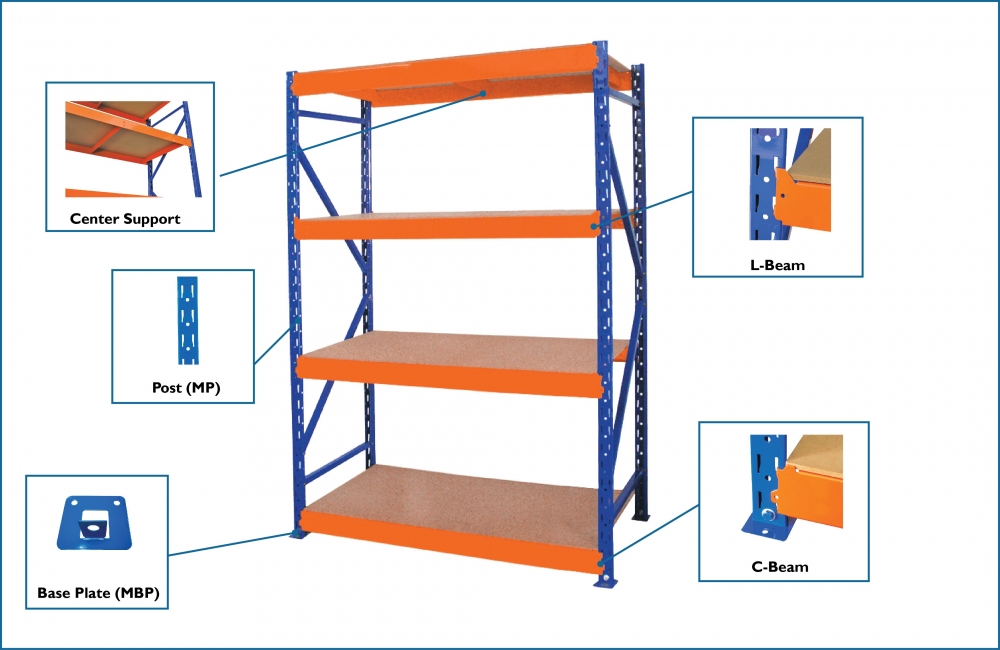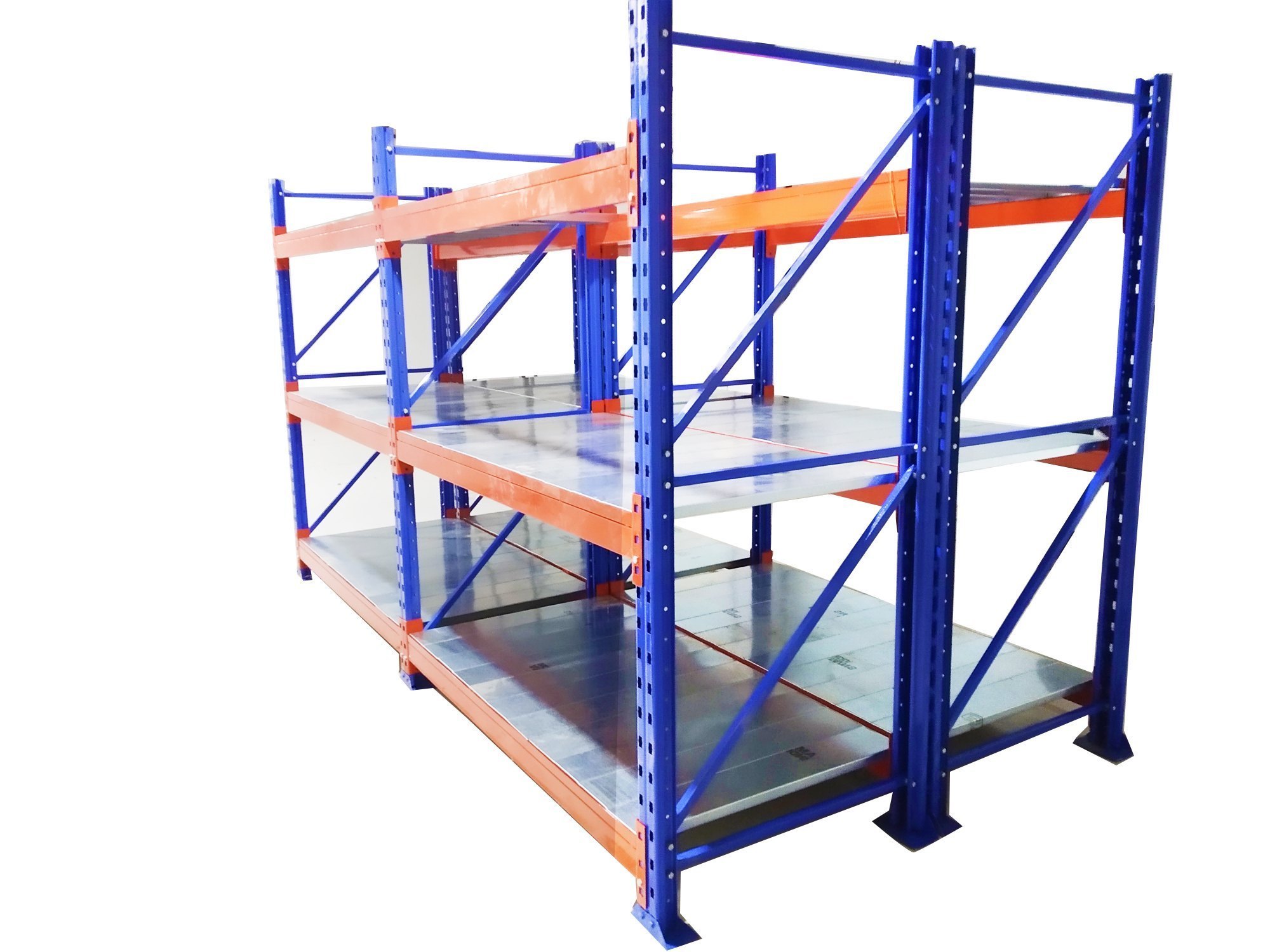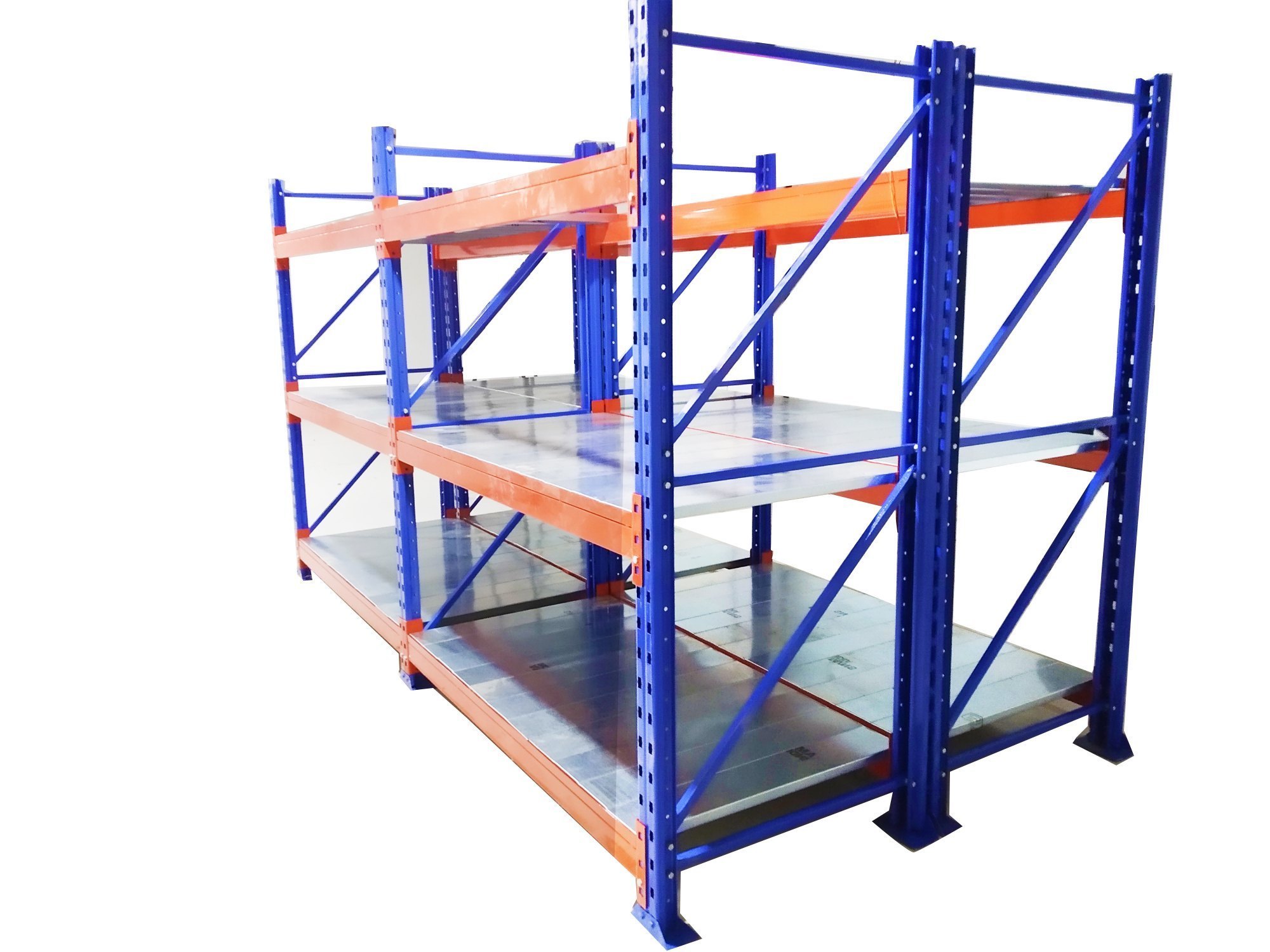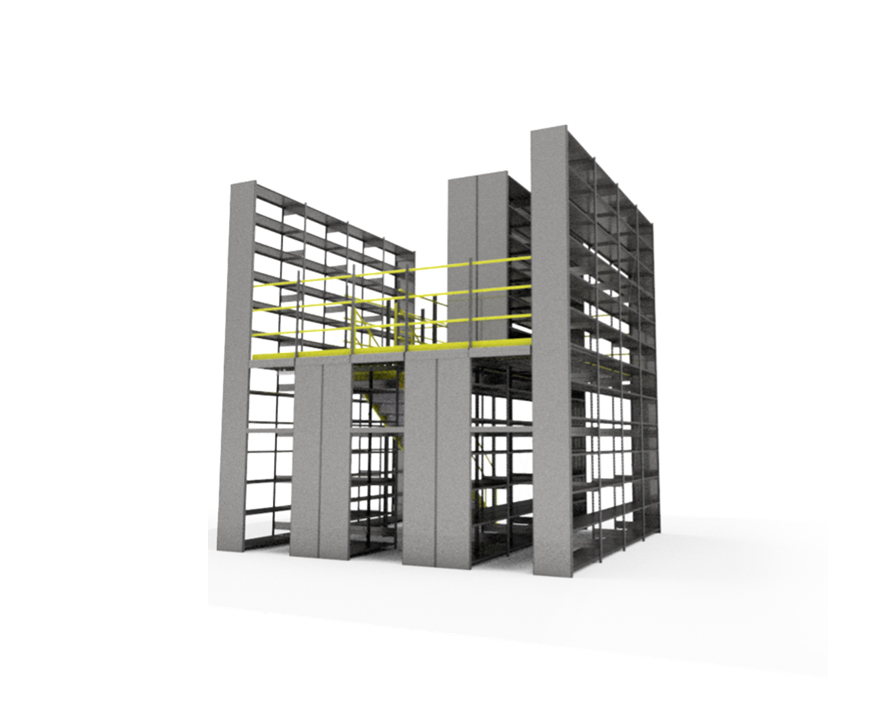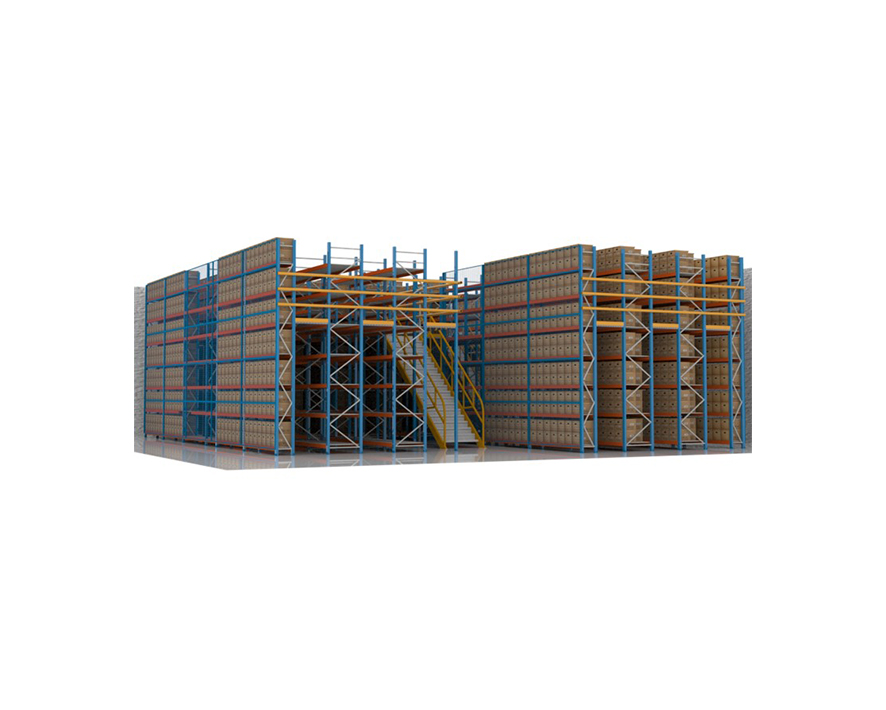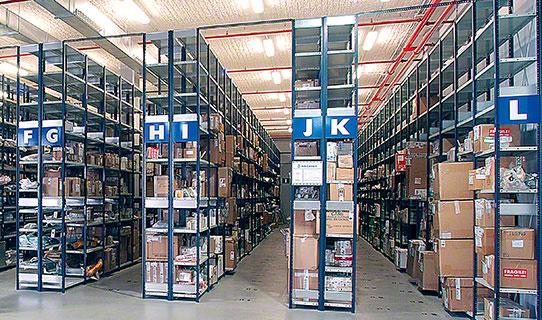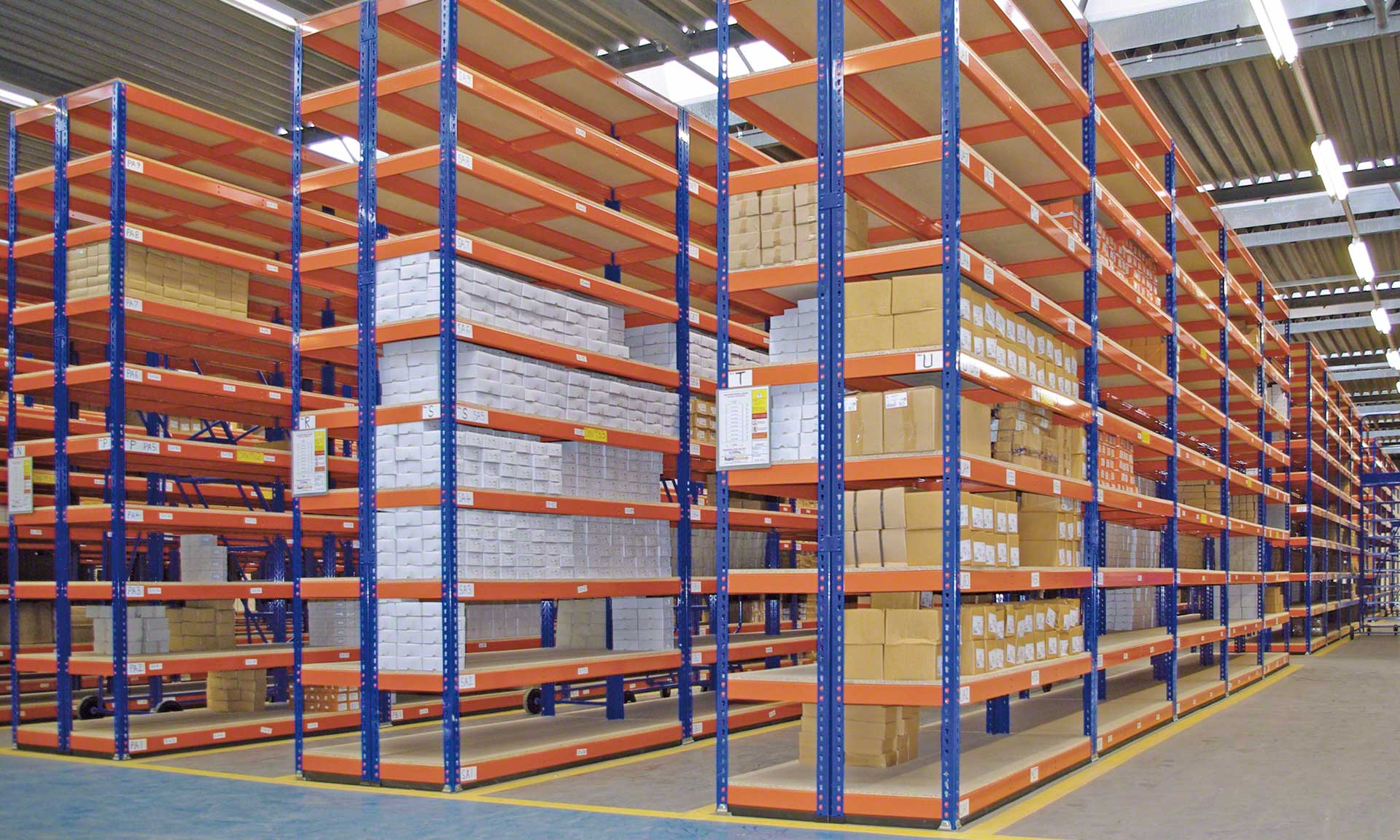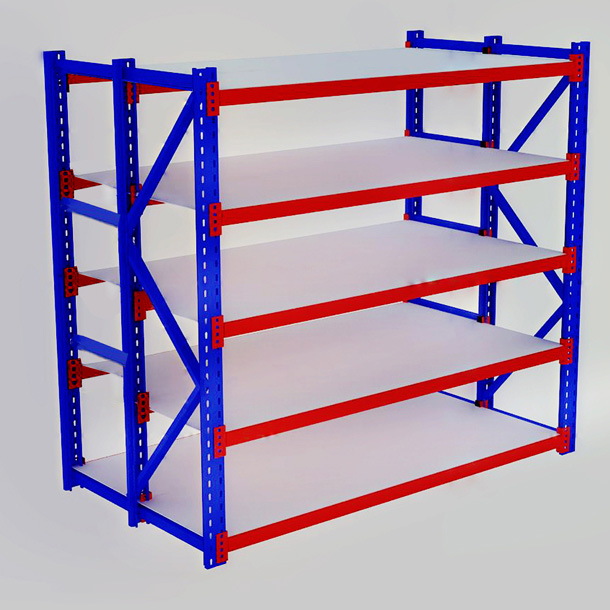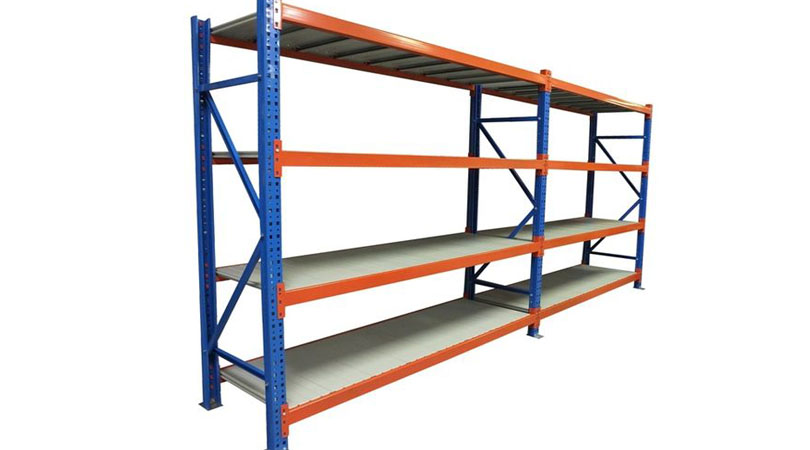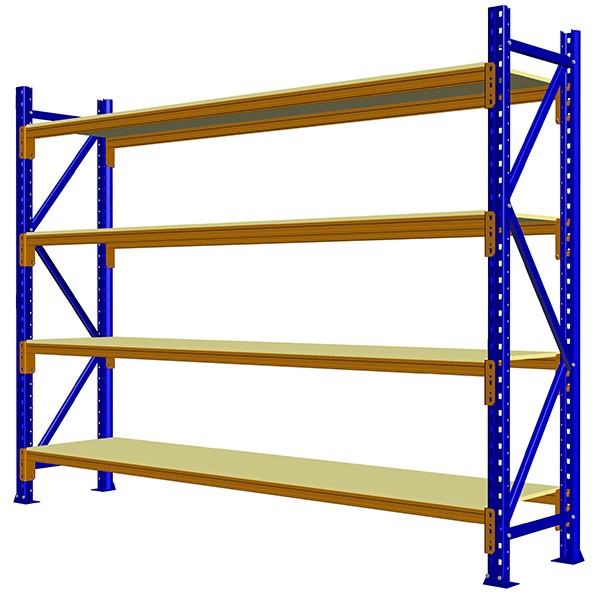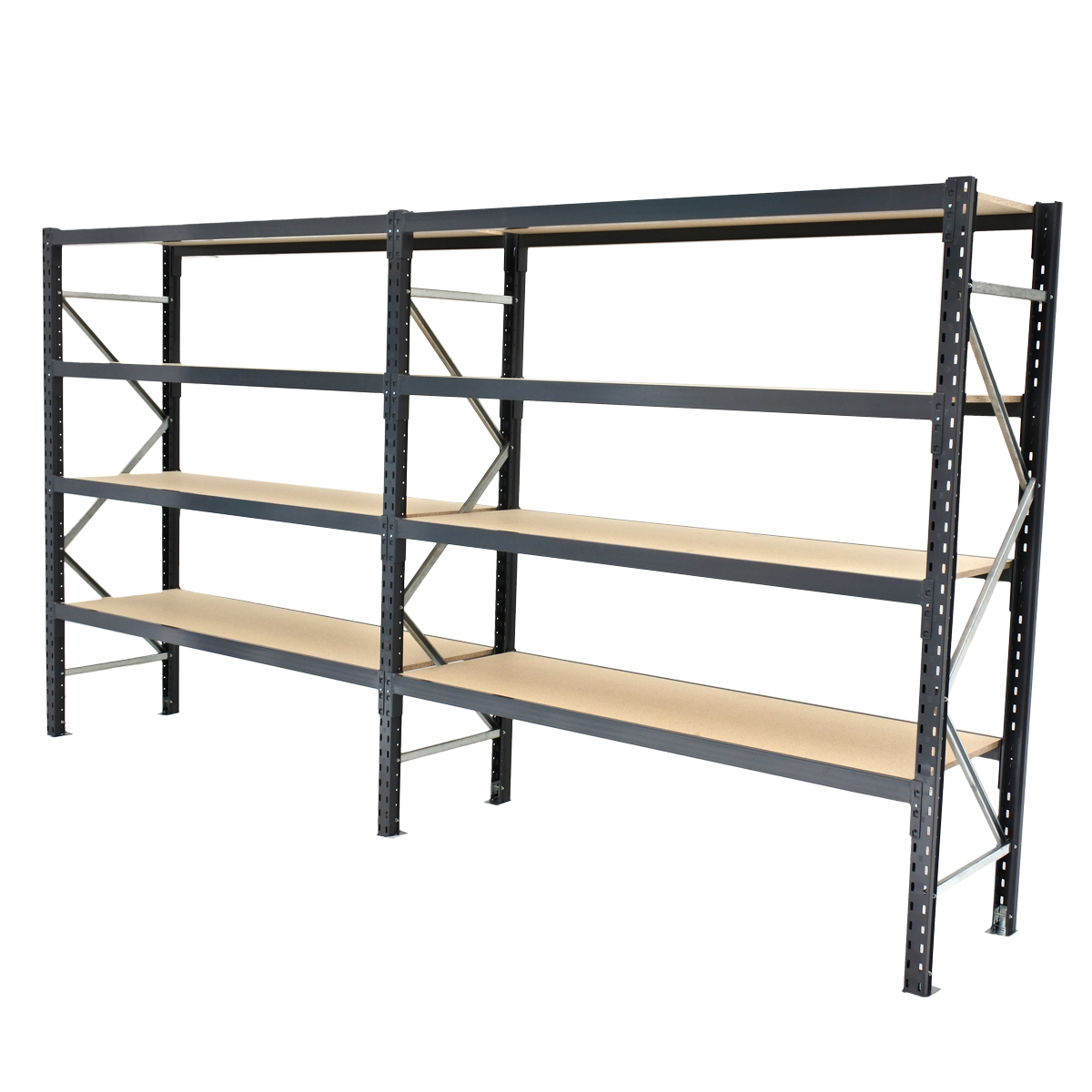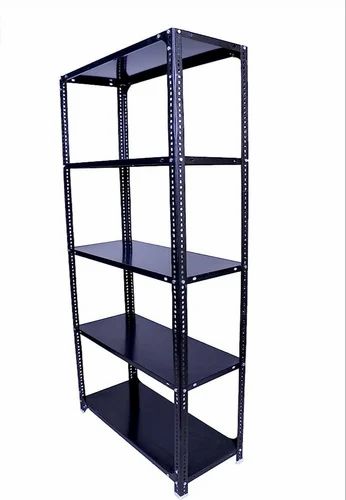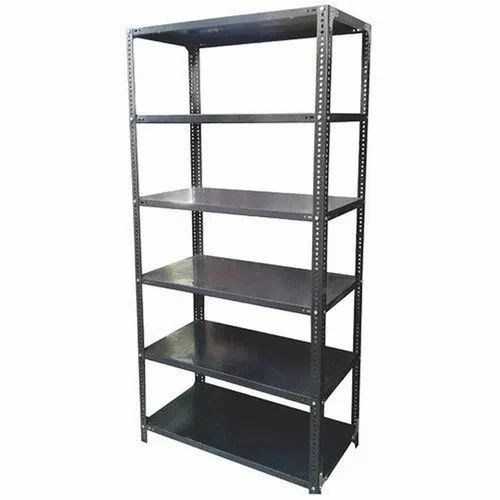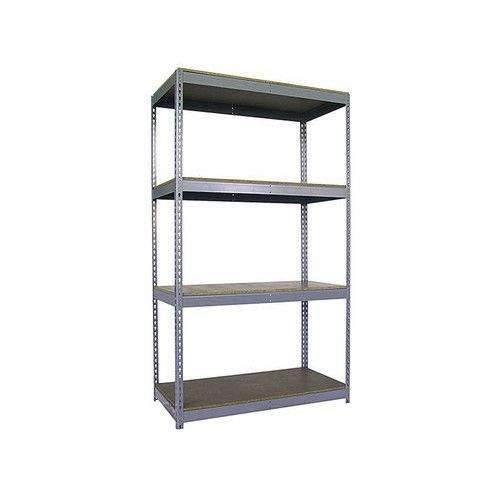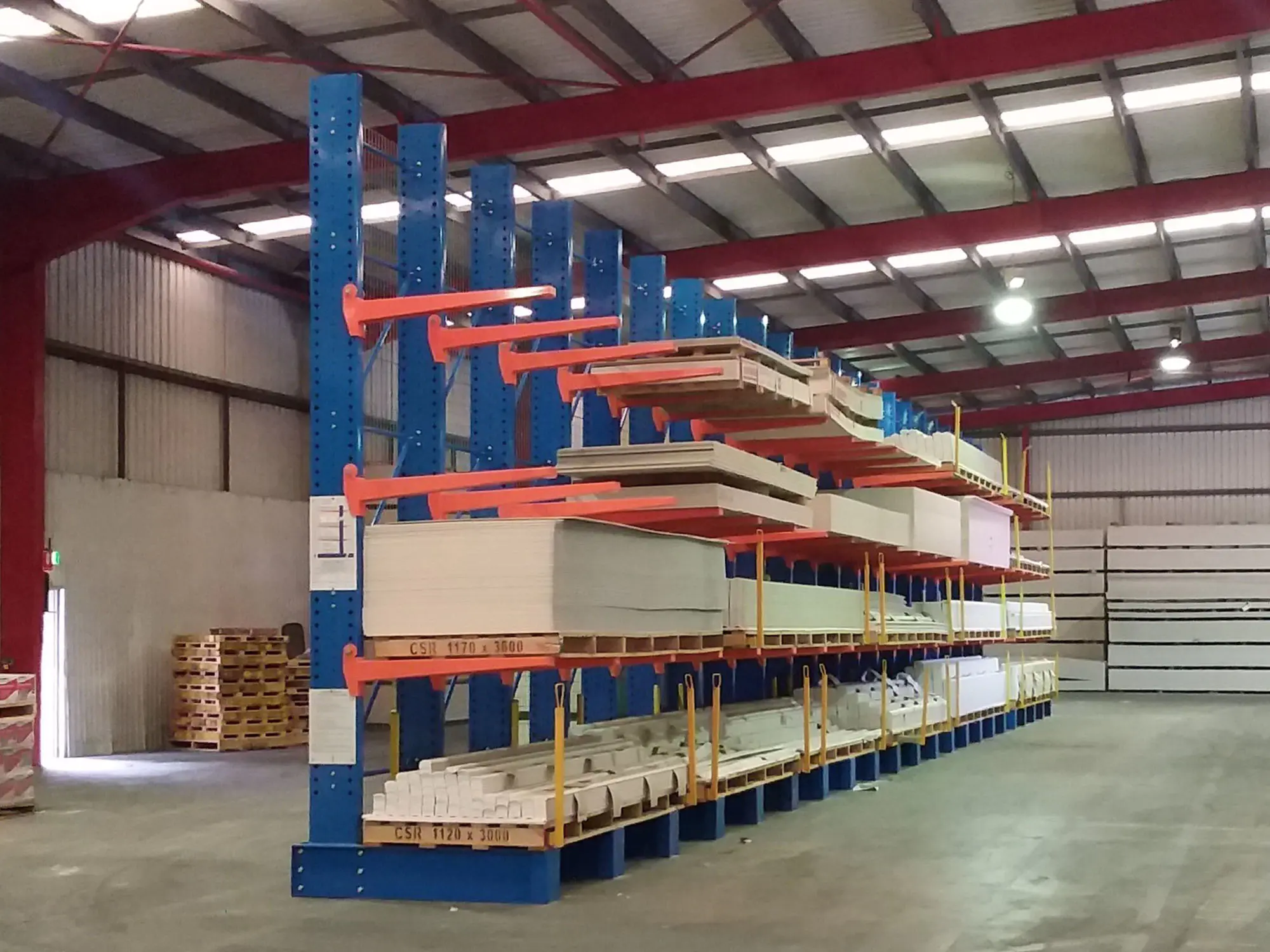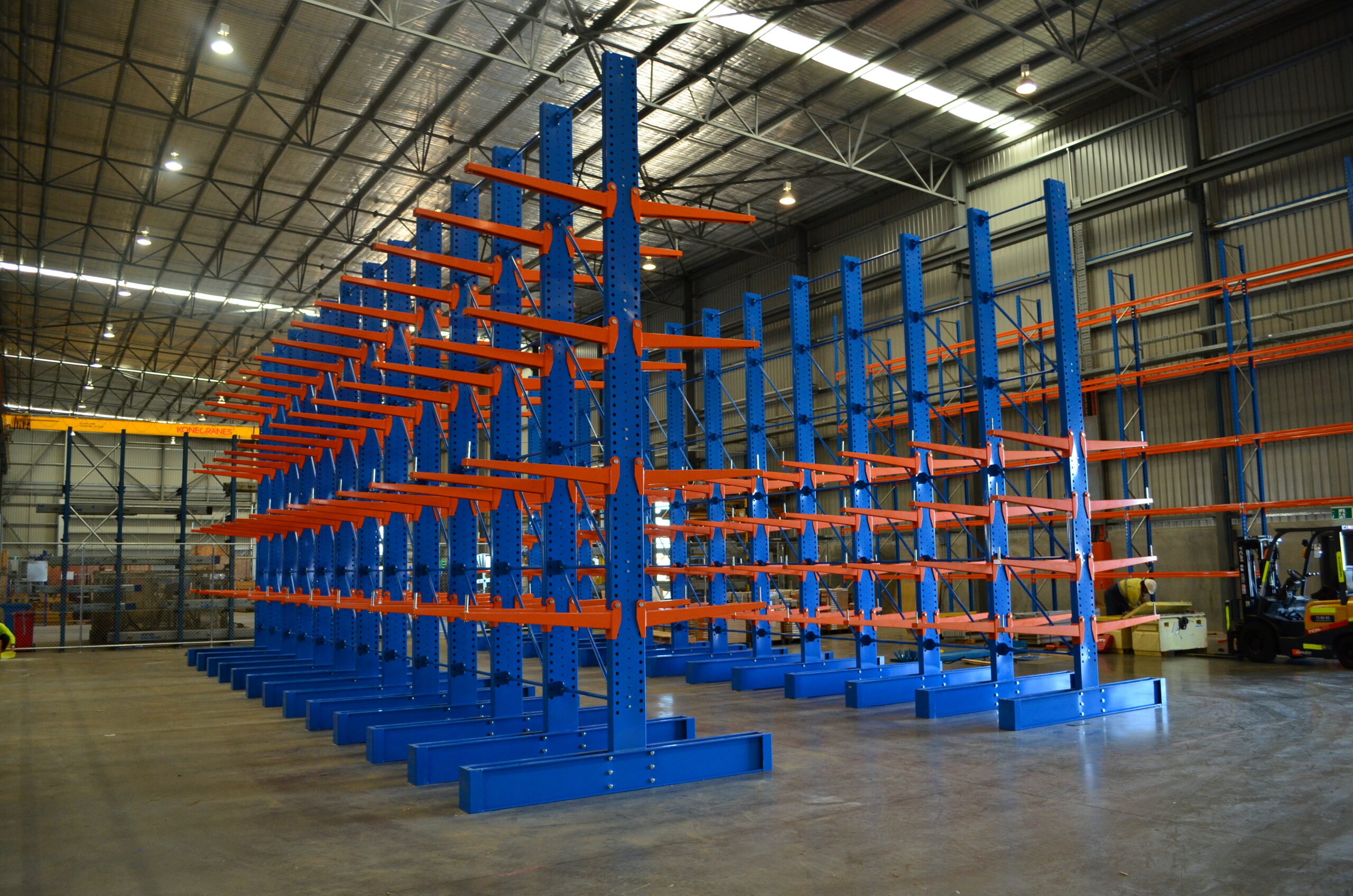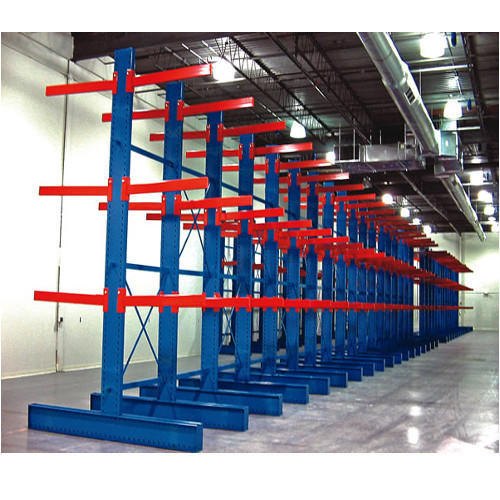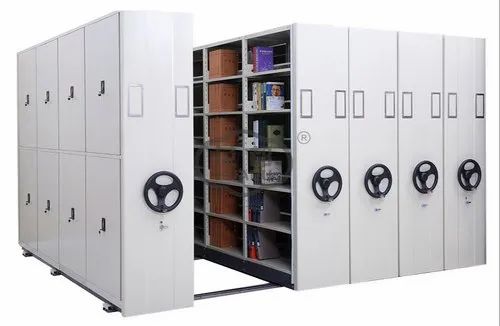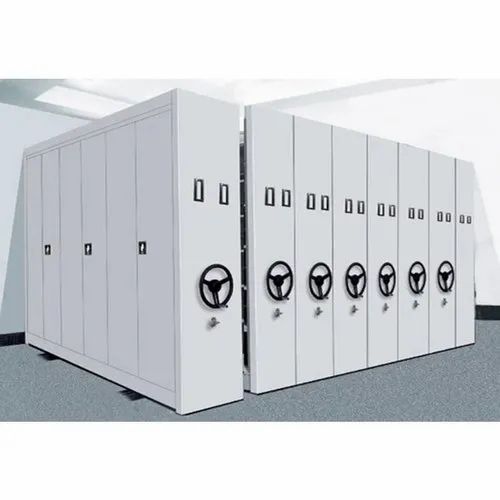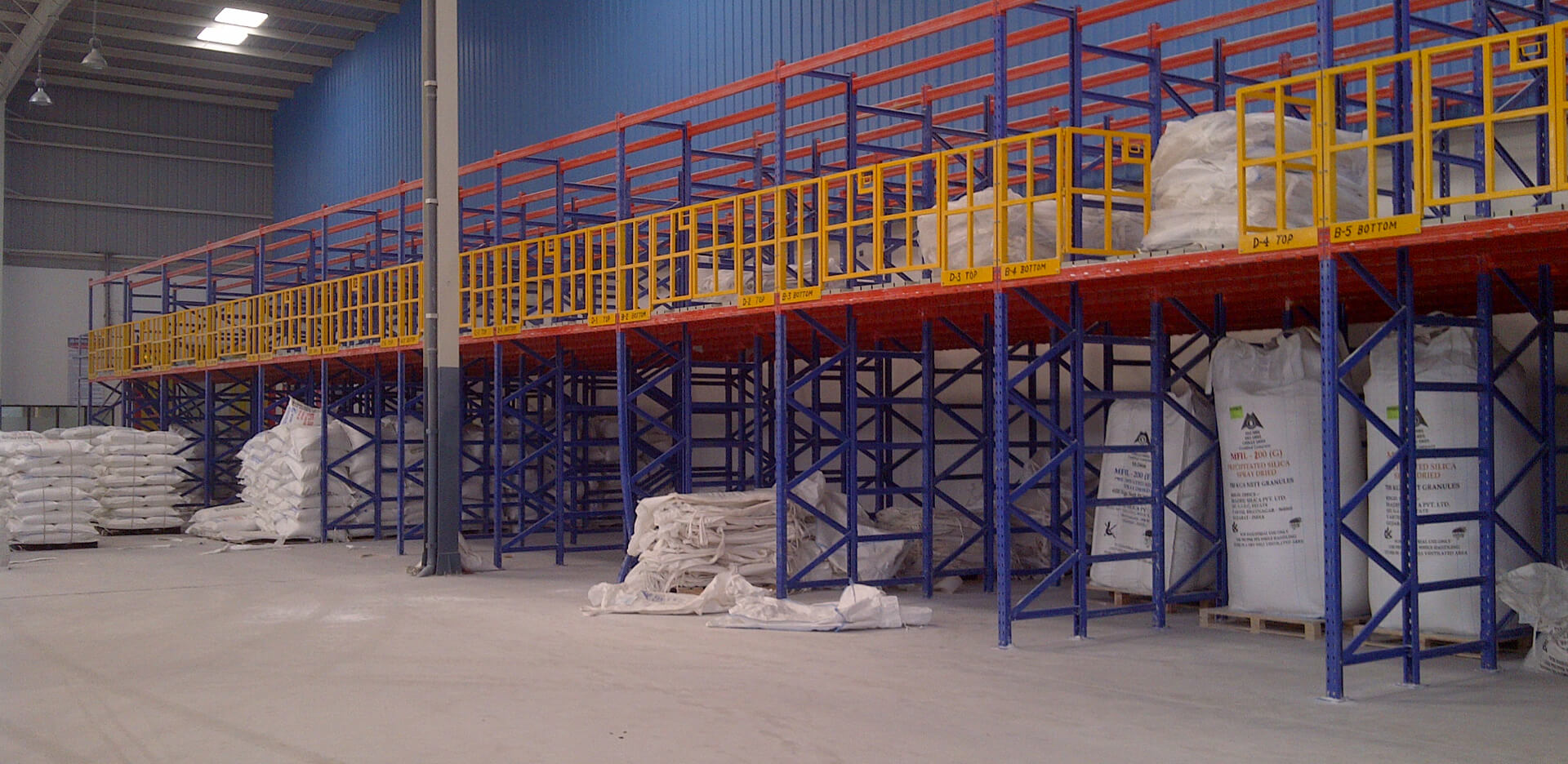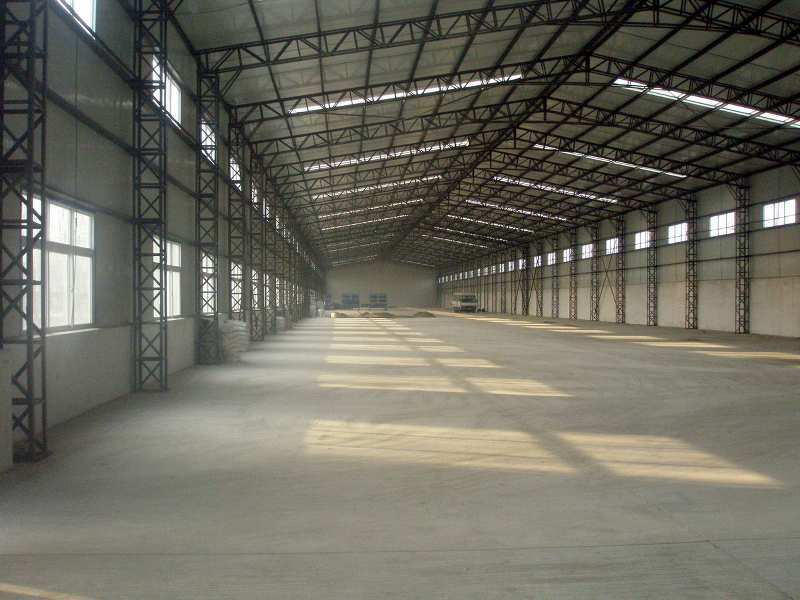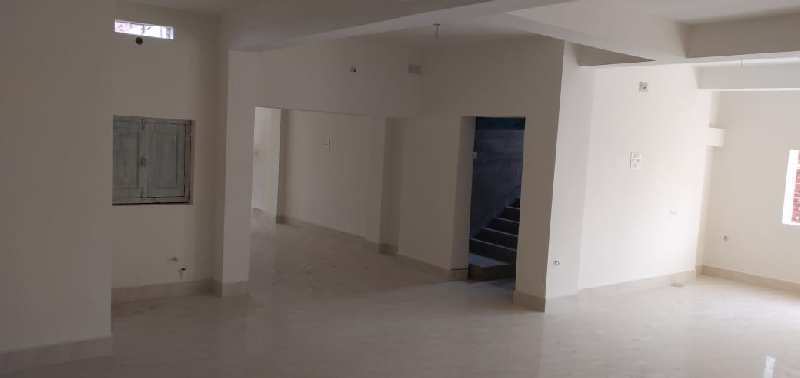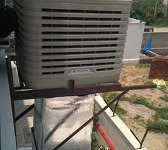
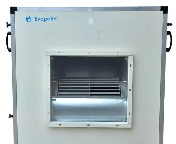


EVA-210 HS
Add Zip code to check availability
Select Quantity
Features
Additional Information
Marketplace Benefits
Warranty & Return Policy
Description
The EVA-210 HS is part of Evapoler’s “HS” series (High Static) of industrial direct evaporative cooling units. The “210” in the model number broadly indicates its airflow class (≈ 21,000 m³/h) under typical operating conditions. As a high-static unit, the HS series is designed to handle ducting, long throw, multiple outlets, or installations where the cooled air must overcome considerable resistance (e.g., ducts, filters, dampers).
Specifically, the brochure lists the EVA-210 HS with discharge options Side / Top / Down, giving flexibility of installation.
The key concept: outside ambient air is drawn into the unit, passed through wetted honeycomb pads, cooled by evaporation, then delivered into the space (or ducted) as fresh, cooled air. Because this system brings in fresh air (not only recirculates), it’s well suited to industrial or commercial environments where ventilation and removal of heat/fumes/dust matter.
Key Specifications (approximate)
Based on manufacturer‐published technical documents:
Airflow: ≈ 21,000 m³/h (≈ 21,000 cubic metres per hour) / or the figure “21000/12500” given in one table.
Static pressure capability: ≈ 30 mm Wg (≈ 300 Pa) for the 21,000 m³/h version.
Motor power: 3.7 kW (for the 21,000 m³/h capacity) at 415 V / 50 Hz.
Vent size (L×W): 710 × 710 mm for this variant.
Discharge type: Side / Top / Down (selectable depending on site layout)
Tank capacity: ≈ 250 litres for this model number in the HS series table.
Cooling area coverage: The specification table refers to “Upto ~2,500 sq ft” for the similar 25,000 m³/h model; for 21,000 m³/h the coverage would be somewhat lower (estimate ~2,000–2,300 sq ft).
Build & performance features: 100 mm thick cellulose honeycomb pads, high‐efficiency motors (IE5 class), non‐clogging water distributors, pre-filters, industrial controls.
Features & Benefits
High fresh‐air volume: With ~21,000 m³/h airflow, the EVA-210 HS can supply large volumes of cooled outside air—helping both temperature reduction and ventilation.
High static design: The ability to deliver at ~30 mm Wg means the unit can drive air through moderate duct lengths with bends or to distributed zones.
Energy efficient in the right conditions: Because it uses evaporative cooling (water + pads) rather than full mechanical refrigeration, under favourable ambient conditions (hot & dry, good ventilation) it can deliver major energy savings. The company claims up to ~80 % electricity cost reduction over conventional refrigeration systems.
Ventilation + cooling in one: Because the unit draws fresh outside air and cools it, you simultaneously improve indoor air quality (IAQ) and comfort, which is especially relevant in manufacturing halls, workshops, or spaces with heat/fume loads.
Flexible installation: Side/Top/Down discharge allows adaptation to roof-mounted, wall-mounted or floor‐level installations depending on your site.
Industrial‐grade build: With robust cabinet, large honeycomb pads, non-clogging water system, copper motors and industrial controls the unit is engineered for continuous, heavy‐duty operation.
Use Cases & Suitability
The EVA-210 HS is ideal for:
Large open halls, manufacturing units, warehouses, gymnasiums or banquet halls where you need both ventilation and cooling, not just recirculated chilled air.
Ducted systems where cooled fresh air must travel some distance, enter multiple zones or overcome moderate duct resistance.
Sites with high heat loads (machinery, lights, processes) and where bringing in fresh air is a design requirement (for heat/fume/odor removal).
Environments where ambient humidity is moderate to low and where evaporation cooling is effective (e.g., North India dry hot summers).
Facilities aiming to reduce operational costs and carbon emissions, by using evaporative cooling instead of full AC where practical.
Considerations & Site-Planning Tips
To ensure optimal performance of the EVA-210 HS, consider the following:
Ambient /humidity conditions: Evaporative cooling depends heavily on outside air dryness. If ambient relative humidity is high (monsoon, rainy season) the temperature drop achievable will be less. Plan for worst‐cases.
Air‐outflow/ventilation requirement: Because the unit introduces fresh humidified air, ensure that the space has adequate exhaust or open paths for humid/stale air to exit—without it the humidity may build up and reduce comfort.
Duct design & static losses: If you’re ducting the unit, ensure the total duct resistance (duct length, bends, diffusers, filters) doesn’t exceed the static capability (~30 mm Wg) of this model. Oversized ducts or long runs may require a higher static variant.
Water system & maintenance: The 250 L tank and cooling pad system require proper maintenance: pad cleaning/replacement, non‐clogging distributor checking, water quality (to avoid scaling/algae), drainage and pump maintenance.
Electrical supply & wiring: At 3.7 kW motor power and 415 V/50 Hz (3-phase), ensure your site has the correct supply, breaker, motor starter, and wiring size. Check motor current draw and compatibility.
Space & mounting clearance: Confirm the unit’s physical dimensions and that there is sufficient clearance for maintenance (pad access, fan access, water tank, filters). For example the HS series for 17,000 airflow lists ~1600 × 1840 × 1650 mm; for 21,000 variant approximate dimension ~1620 × 1900 × 1700 mm ±100.
Noise & fan design: Industrial blowers may produce significant noise; evaluate acoustic implications for your space.
Expect realistic performance: Manufacturer specs assume ideal conditions; actual performance will vary with ambient, pad condition, airflow, maintenance.
Integration with ventilation strategy: Because it introduces fresh air, consider how this interacts with your building’s ventilation/air‐conditioning strategy—e.g., if you have other HVAC, how fresh air interacts, humidity impact, etc.

